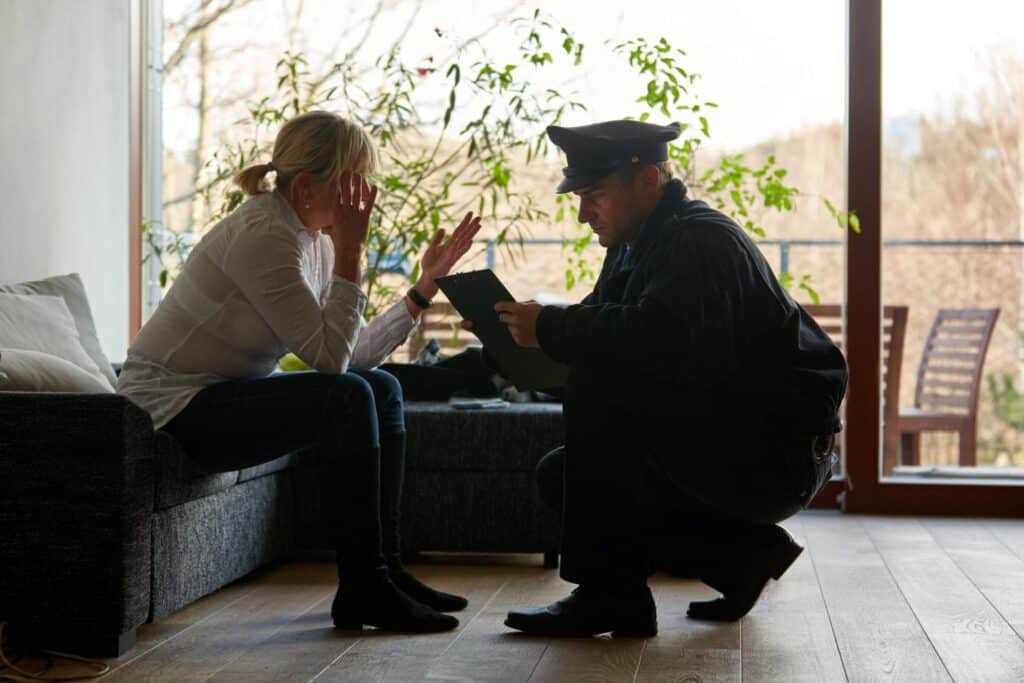In a recent blog post, we asked one of the most important questions in criminal law today: How reliable are eyewitnesses? Unfortunately, the answer is “not very.” However, the lack of reliability in an eyewitness only begins to tell the story. This is because, in addition to being inherently unable to perfectly recall what happened during a crime, eyewitnesses are often easily manipulated by police questioning.
Here are some examples of how eyewitnesses are manipulated into making damning statements about someone who is suspected of a crime.
Photo Arrays
A photo array is a binder or computer database full of mugshots and pictures of suspects. Somewhere in the array, supposedly, is the picture of the person suspected of committing the crime. An eyewitness to the crime can sit down and browse through the pictures until they see the person they remember seeing.
Unfortunately, there are hundreds of ways of triggering a false positive identification from an eyewitness with a photo array. One common method is to have the police officer who arrested the suspect present when the eyewitness is looking through the photos. When the officer knows which photo is the one of the suspect in custody, they often unintentionally give subtle hints to the eyewitness when they’re about to identify the suspect, like leaning forward in their chair, or suddenly paying close attention. Some officers are less subtle, sometimes going so far as to ask, “Are you sure it’s not this person?”
Lineups
Another common eyewitness identification procedure is a lineup. Here, an eyewitness is brought to the police station and are asked to identify the suspect from a group of several people.
Just like with a photo array, if the officer overseeing the identification knows who the suspect is in the lineup, they’re likely to subconsciously exude subtle hints to the eyewitness that can trigger a false identification. Additionally, the “fillers” used in the lineup – the people in it that are not suspected of the crime – can manipulate an eyewitness into a false positive, too. If the fillers are all in their 30s but the suspect in the lineup is younger, it can make the suspect seem conspicuous to the witness, which can make the witness think that they’ve seen the suspect before.
Lineups and Arrays Can Be Used Together
Another way that police can create an eyewitness identification is to have the eyewitness look at a photo array first, and then at a lineup soon thereafter. In the array, however, is the picture of someone who will later appear in the lineup. Suddenly, the person in array who is now in the lineup seems familiar to the eyewitness, and they identify that person as the person they saw committing the crime, even if that person was not at the scene of the crime.
Criminal Defense Attorney William T. Bly
An eyewitness identification can be a damning piece of evidence against you, if you’ve been charged with a crime in Maine. However, solid criminal defense attorneys like William T. Bly know how to challenge this type of evidence. Contact his law office online or at (207) 571-8146.


